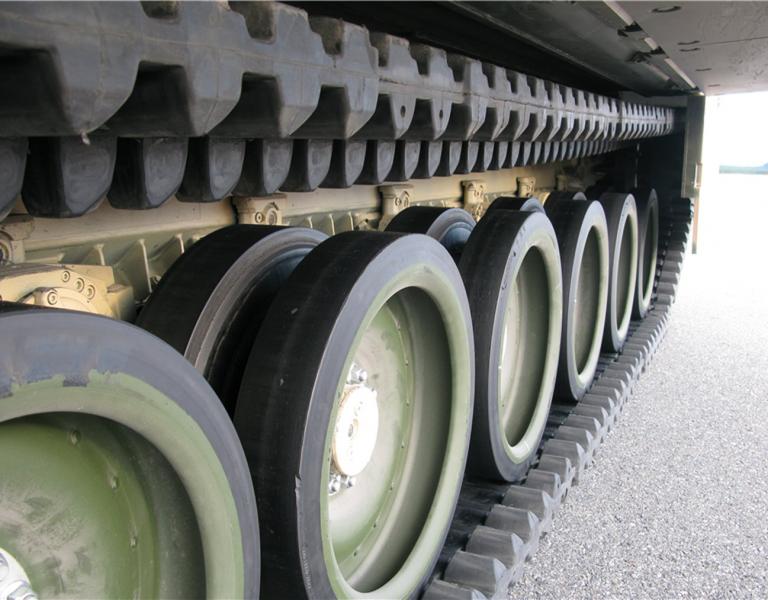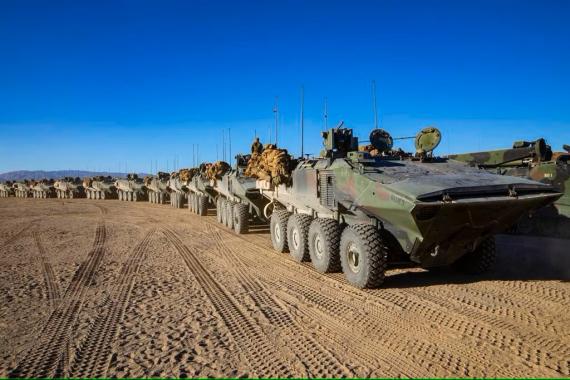
BAE Systems - Life Cycle Cost Analysis of Combat Vehicle 90
BAE Systems, the manufacturer of the CV90, was asked by its six client nations to analyze the economic impact of equipping the CV90 with rubber tracks. Combat vehicles in this weight class are traditionally equipped with steel tracks, but it is now possible to equip them with rubber tracks, greatly reducing vibration and noise inside as well as outside the vehicle.
BAE Systems asked Systecon to participate in the project comparing the life cycle costs of the two track options. A cost structure was constructed including and summing all costs related to the two track options for the entire life cycle of the vehicle. Replacing the steel tracks with rubber tracks has a cost of course, but also results in long-term savings in terms of reduced vehicle component failure rate, because of the reduced vibration. Quantifying indirect parameters – such as the negative impact on the crew due to the vibrations – presents a major challenge in the analysis.
The analysis was performed in collaboration with experts from BAE Systems. Data processing and analysis were done using the optimization tool OPUS10 and simulation tool SIMLOX, and the results were analyzed using the cost analysis program CATLOC.
This study is important in order for us to show the pros and cons of our rubber track technology in comparison with traditional steel track technology. This analysis should serve as a solid basis for our customers’ decision-making regarding purchasing rubber tracks for their vehicles. Working together with Systecon and using their expertise to perform a thorough analysis of direct and indirect costs from a life cycle perspective is very exciting. Above all, it is interesting to use Systecon’s tools to analyze the different solutions in different operating scenarios and to understand how the different track options affect our customers over a long period.
Project Manager at BAE Systems, Peder Sjölund



